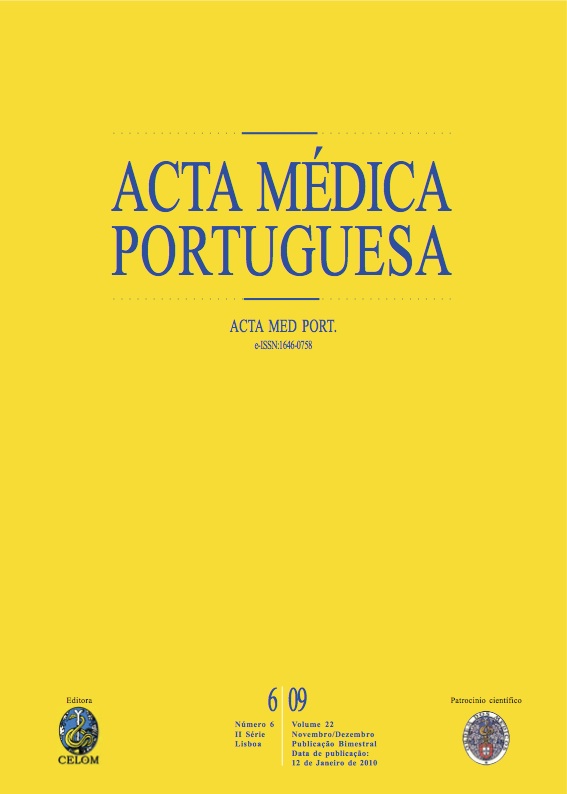Cross-cultural psychometric assessment of the Bermond-Vorst alexithymia questionnaire.
DOI:
https://doi.org/10.20344/amp.1734Abstract
The alexithymia construct was introduced by Nemiah and Sifneos in the early 70s. It is a multifaceted personality construct that has been recognized associated with various conditions of health disorders. Nonetheless, despite the abundant literature, due to methodological weaknesses, a great share of the studies has been proved of questionable validity and reliability. In recent years a new self-report instrument has been developed, the Bermond-Vorst Alexithymia Questionnaire (BVAQ), meant to assess the alexithymia construct in a more comprehensive way than the more commonly used 20-item Toronto Alexithymia Scale (TAS-20). The aim was to investigate the cross-cultural psychometric properties of the Portuguese version of the BVAQ. In this study, carried out in a sample of university students (n = 369), we began testing the originally proposed 5-factor structure, by means of a factor analysis; just to proceed thereafter with the internal consistencies determination. Furthermore we investigated the stability, as well as its convergent validity with the Toronto Alexithymia Scale--20 items (TAS-20). Principal Components Analysis showed that internal structure of the 40 items acceptably fitted into the 5-factor solution. The mean total score differs about 0.6 SD from the original Dutch sample. Internal consistencies are also acceptably about the ones in the original sample: Cronbach's alpha = 0.82 for the global scale and a mean 0.77 for the subscales. Moreover the instrument is reliably stable; and the expected correlations between BVAQ and TAS-20 subscales support evidence of BVAQ's validity. The Portuguese version of the BVAQ is a highly promising new instrument to comprehensively assess alexithymia, and its use can therefore be recommended.Downloads
Downloads
How to Cite
Issue
Section
License
All the articles published in the AMP are open access and comply with the requirements of funding agencies or academic institutions. The AMP is governed by the terms of the Creative Commons ‘Attribution – Non-Commercial Use - (CC-BY-NC)’ license, regarding the use by third parties.
It is the author’s responsibility to obtain approval for the reproduction of figures, tables, etc. from other publications.
Upon acceptance of an article for publication, the authors will be asked to complete the ICMJE “Copyright Liability and Copyright Sharing Statement “(http://www.actamedicaportuguesa.com/info/AMP-NormasPublicacao.pdf) and the “Declaration of Potential Conflicts of Interest” (http:// www.icmje.org/conflicts-of-interest). An e-mail will be sent to the corresponding author to acknowledge receipt of the manuscript.
After publication, the authors are authorised to make their articles available in repositories of their institutions of origin, as long as they always mention where they were published and according to the Creative Commons license.









